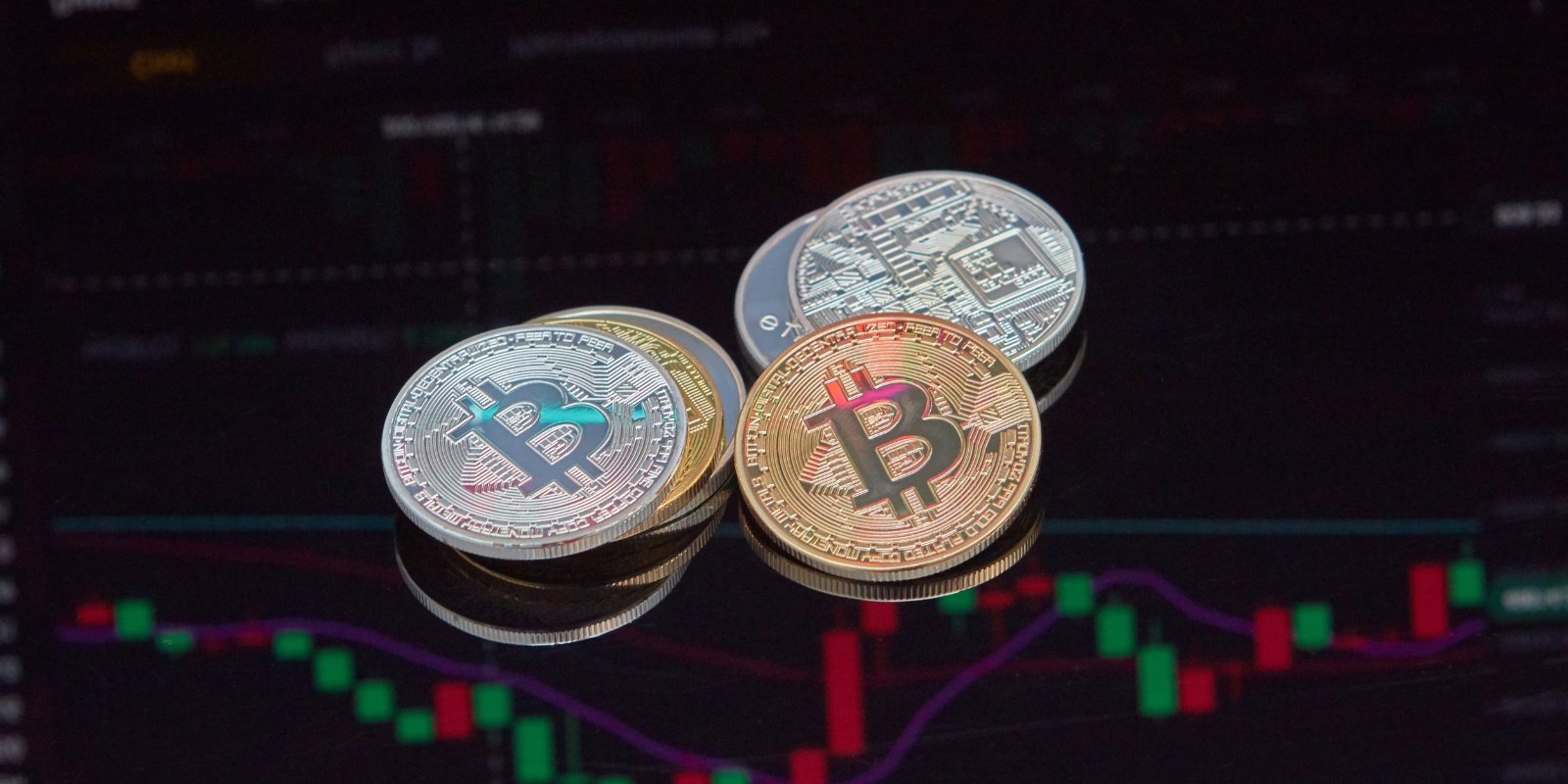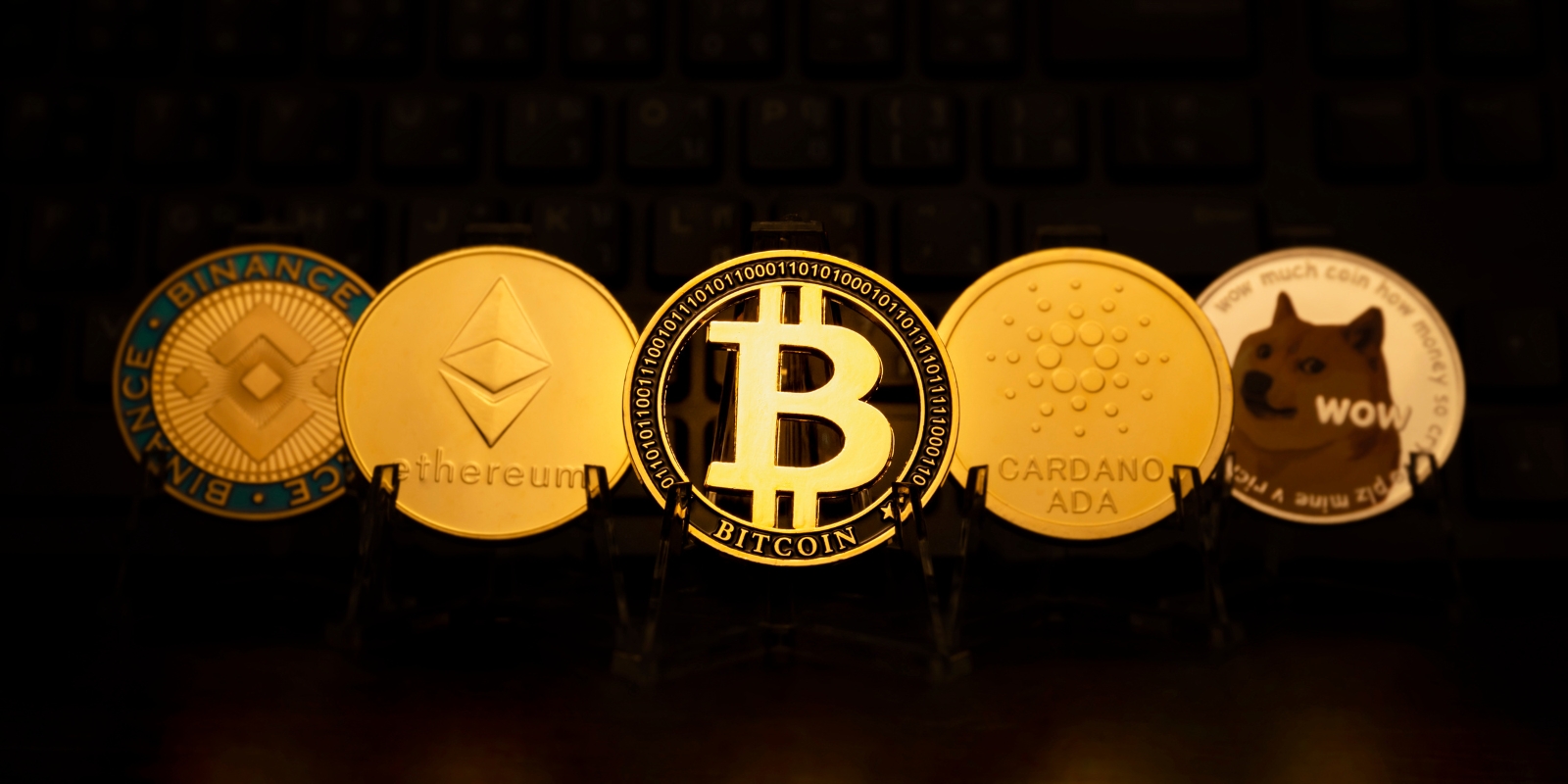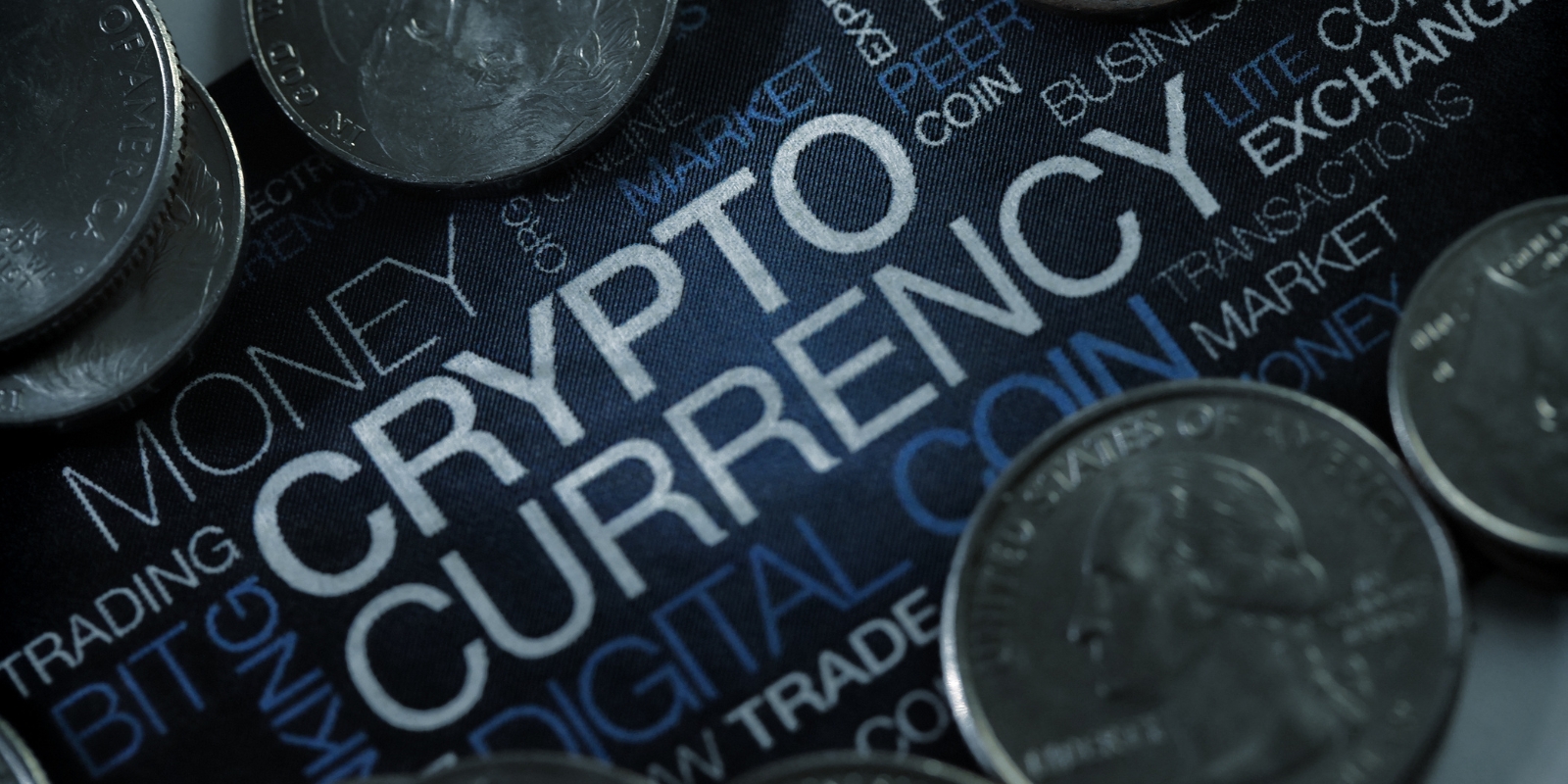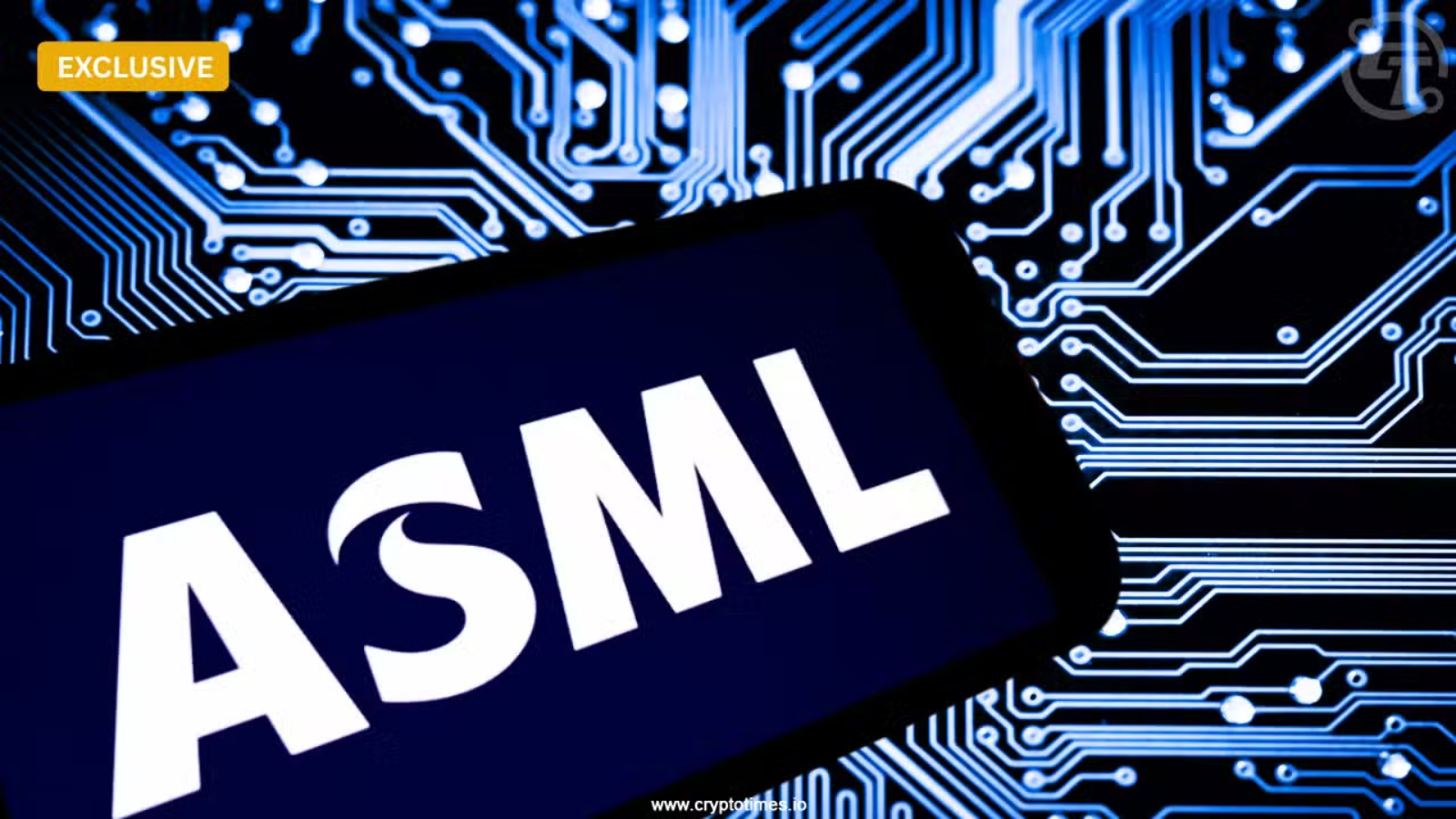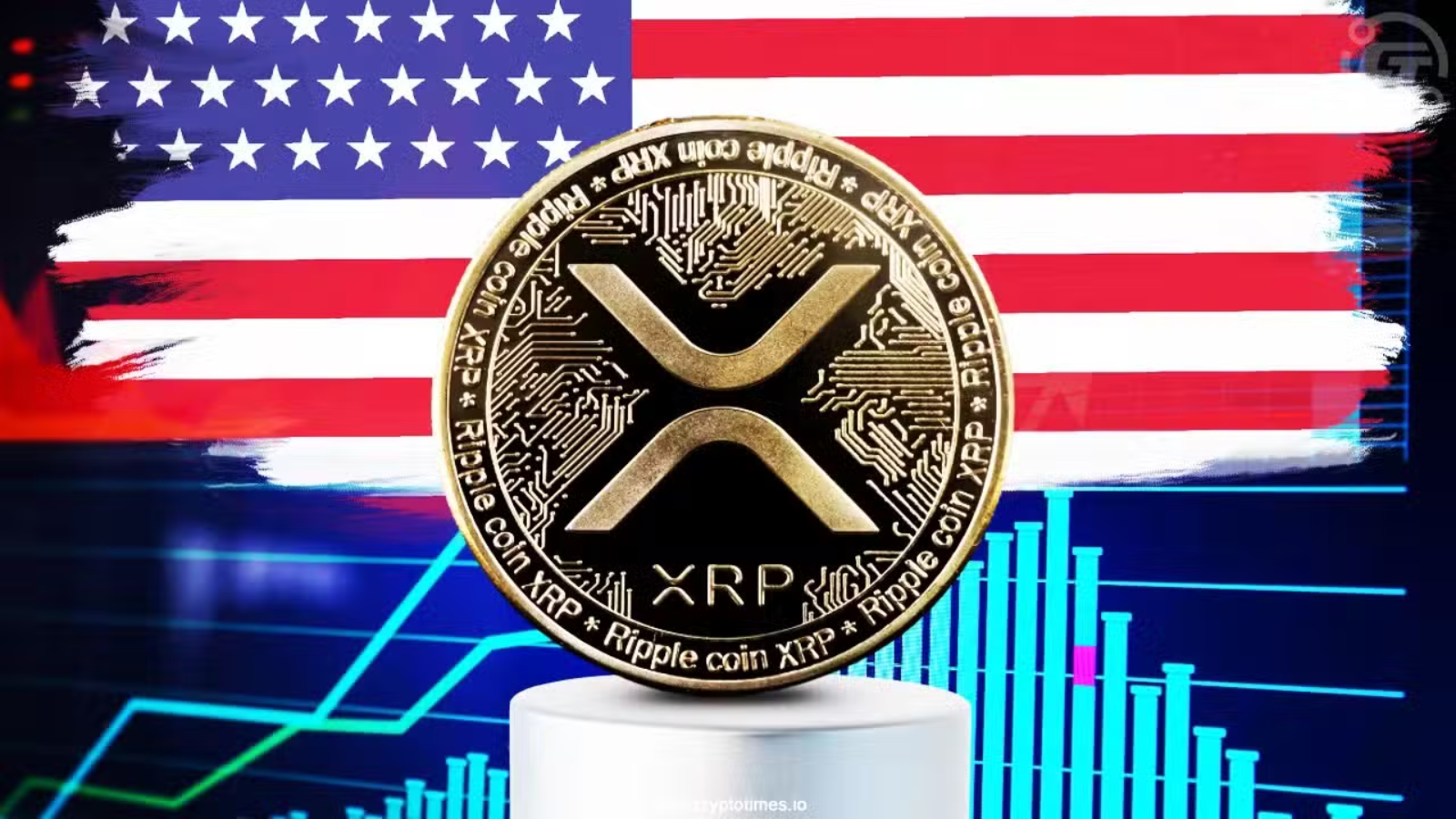With India on the brink of releasing its much-anticipated discussion paper on crypto-assets, the regulatory landscape is entering a decisive phase. According to Sumit Gupta, Co-founder and CEO of CoinDCX, this is a moment of immense opportunity, one that could define India’s leadership in the global Web3 ecosystem.
Earlier, under India’s G20 Presidency, global standard-setters made a significant move toward alignment with the release of the IMF-FSB Synthesis Paper on Policies for Crypto-Assets, now widely seen as the most comprehensive global blueprint to address crypto-related risks and challenges.
This document doesn’t propose new rules. Instead, it consolidates existing guidance from the IMF, FSB, FATF, IOSCO, and BIS into a roadmap for phased implementation through 2025.
It presents nine high-level recommendations and strongly warns against blanket bans, urging instead for clear licensing, risk-based regulation, and data-driven oversight. India now stands at a strategic crossroads: either align with this maturing global approach, or risk losing out on what could be its next trillion-dollar opportunity.
When The Crypto Times asked Mr. Sumit Gupta about India’s readiness and potential in this rapidly evolving crypto landscape, he laid out a compelling roadmap. Below is his perspective, shared in an exclusive conversation with The Crypto Times’ lead journalist Dishita Malvania, on where India currently stands and what must happen next to turn promise into policy.
Crypto Has Emerged as a Core Pillar of Finance
Crypto has emerged as a core pillar of the global financial system, not a fringe speculation, but a serious asset class and infrastructure layer. The current bull market has reignited interest from both institutional and retail investors.
Traditional financial giants such as BlackRock, JP Morgan, and others are increasing their involvement daily. Meanwhile, traditional payment behemoths such as Mastercard and Visa are integrating stablecoins into their global offerings.
In an exclusive conversation, when asked, Mr. Sumit Gupta How India fits into this global picture. He said:
“India stands at a pivotal crossroads. We’ve topped the Global Crypto Adoption Index two years in a row, with strong participation across both centralized and decentralized platforms. The question now is how to enable a regulatory environment in India which is not reactive but can seize the moment and build on the back of our success with Digital India initiatives. We must seize this moment—not just to protect investors, but to position India as a Web3 powerhouse. And that requires policy action, not just intent.”
Indian Builders Are Already Serving the World
India is home to more than 900 Web3 startups. Five of them have already achieved unicorn status. We have over 75,000 professionals working in the blockchain industry, forming the third-largest Web3 developer pool globally. And the sector is projected to contribute over $1.1 trillion to India’s GDP by 2032.
Yet, 60% of Indian Web3 startups are registered outside India, not because they want to leave, but because they need clarity. Incorporating overseas often allows them to access global capital, banking rails, and supportive regulatory structures.
The World Isn’t Waiting
Across the globe, regulators are already taking clear positions:
- Europe has adopted MiCA (Markets in Crypto-Assets Regulation)—a unified, pan-EU regulatory framework.
- The United States is seeing momentum behind the FIT21 Act to establish consumer protection and compliance standards.
- The UK has published draft legislation to integrate crypto into its broader financial services regime.
- UAE and Bahrain have embraced crypto with comprehensive, innovation-friendly frameworks.
- Even Bhutan has embraced crypto and is increasingly localizing it with its indigenous setup, powered by hydropower and fueling the growth of its futuristic Geiphu Mindfulness City.
How is India Placed Among All This?
India demonstrated key leadership during its G20 Presidency, helping shape the FSB-IMF Synthesis Paper on global crypto regulation. It was a milestone event, one that laid out the direction for all standard-setting bodies and global economies. Domestically, we have taxation and KYC/AML frameworks in place.
But what we indeed need is a holistic, forward-looking overarching regulatory framework, with guardrails that support both consumer safety and innovation.
A Clear Roadmap: What India Can Do Now
If India wants to lead from the front, here are five concrete steps we can take:
- Constitute a Parliamentary Select Committee on Crypto Assets that can hold comprehensive stakeholder discussions to develop a phased, overarching regulatory framework.
- Reinvigorate regulatory sandboxes for Web3 innovation—similar to what Singapore did in 2016 and something which is already planned for in our own GIFT City.
- Establish an Inter-Ministerial Group on Web3 like we did for 5G in telecommunications, where various ministries can explore and plan Web3 initiatives in line with their own priorities.
- Recognize and support compliant players and enforce existing guidelines to ensure safer investor participation.
We can’t miss the Next $1 Trillion Opportunity
Blockchain is not just another tech wave. It’s the foundation for tokenization, digital identity, decentralized infrastructure, and new models of governance and finance. Indian states like Maharashtra and Telangana have already deployed blockchain for public recordkeeping.
This is a national growth lever. With the right policy push, Web3 can generate over 800,000 jobs by 2030, supercharge our tech exports, and enhance financial inclusion through on-chain finance.
We’ve seen this playbook before—with IT, with mobile, with UPI. Let’s not hesitate this time.
“As a founder who has been building in this industry for nearly a decade,” Mr. Gupta emphasized, “I can tell you: India has everything it takes—talent, capital, user adoption, and intent. What we need now is clarity.”
Key Takeaways from the IMF-FSB ‘Synthesis Paper’
The paper presents a globally aligned vision for crypto regulation. Here are some of its most urgent and actionable recommendations:
- Addressing macroeconomic and fiscal risks
- India must evaluate how crypto-assets might impact monetary sovereignty, especially with the rise of foreign-denominated stablecoins.
- Building a sound financial stability framework
- Lessons from FTX and Terra reinforce the need for strict oversight of multi-function crypto service providers.
- Tackling regulatory arbitrage through global consistency
- “Same Activity, Same Risk, Same Regulation” is a core principle. Without consistent rules, crypto firms will migrate to friendlier jurisdictions, creating enforcement gaps.
- Strengthening legal foundations and market conduct rules
- Clarifying the legal classification of crypto-assets and updating contract laws is essential for effective regulation and investor protection.
- Prioritising environmental and AML/CFT safeguards
- India should lead by institutionalizing FATF compliance and implementing the travel rule to counter illicit flows.
Looking Ahead: A Time to Act
The roadmap extends through 2025, with milestones in supervisory coordination, data gap reduction, and cross-border regulatory alignment. India has a real opportunity to guide the Global South and shape rules that balance innovation with stability.
CoinDCX believes India’s forthcoming discussion paper must reflect this global maturity while addressing local realities.
That includes:
- Clear tax rules aligned with the OECD’s Crypto-Asset Reporting Framework (CARF).
- Tiered regulatory obligations based on risk and function.
- Inter-agency coordination to reduce friction.
- Support for innovation through forward-looking experimentation.
The global conversation has moved past “ban or embrace.” It’s now about governing with foresight, regulating with flexibility, and innovating with accountability.
As India prepares to release its own consultation paper, this is a critical opportunity for all stakeholders: industry, academia, Web3 builders, and policy enthusiasts, to shape the country’s regulatory future. The Synthesis Paper is rich in content and deserves a close read.
